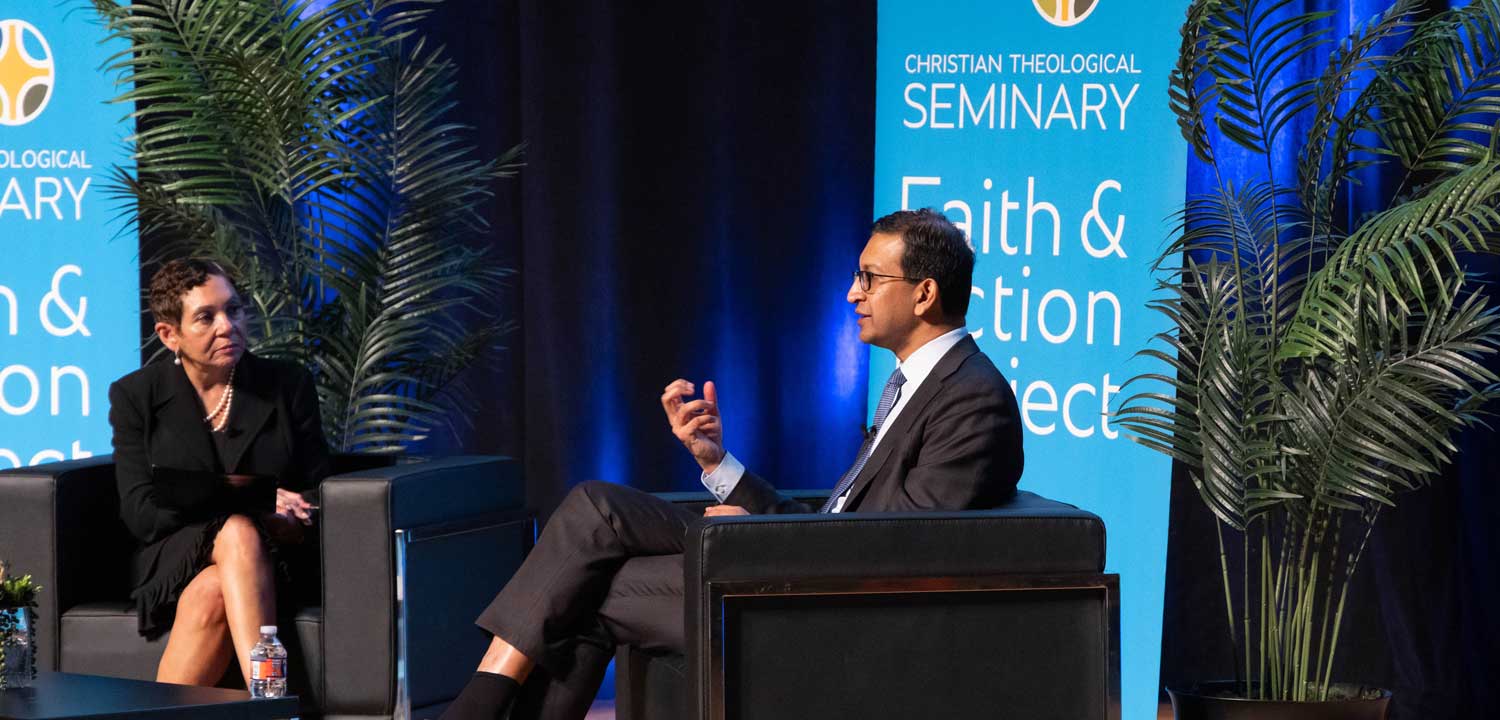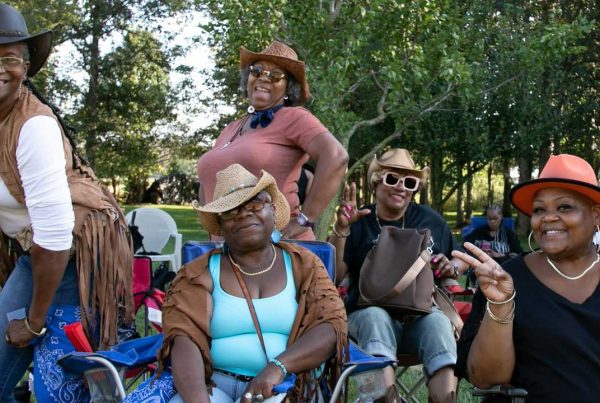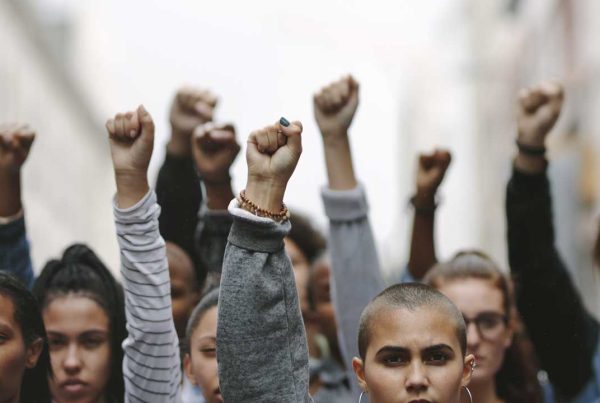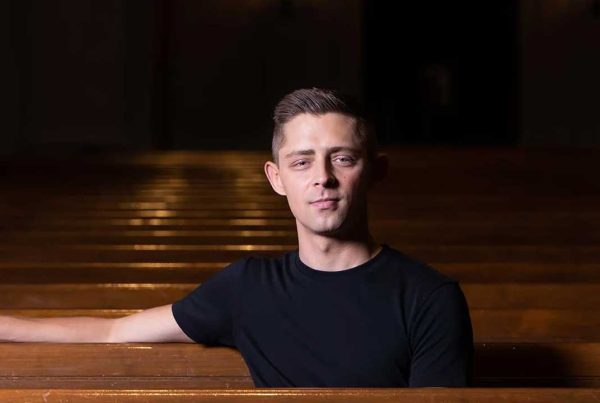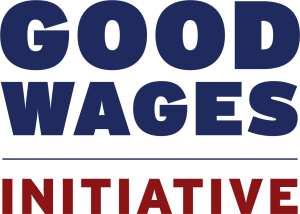Faith & Action Lessons Learned from 2025 Fall Event
The 2025 Faith & Action Fall Event brought together hundreds of community members, faith leaders, civic partners, and business leaders to explore how Indianapolis can expand pathways of opportunity for every child. Raj Chetty, a leading expert on economic mobility, shared data and stories that revealed both the challenges we face and the strategies that can drive change. Moderator Carolene Mays guided the conversation with questions that lifted up the human dimension, the power of social capital, and the role each of us—whether civic leader, faith leader, nonprofit professional, business leader, or neighbor—can play in creating opportunity. Dr. Chelsea Haring-Cozzi, Executive Director of CHIP (Coalition for Homelessness Intervention & Prevention), reminded us that “data is on our minds, and humans are on our hearts,” grounding the dialogue in both evidence and empathy. In a powerful closing charge, Pastor Richard Reynolds, Senior Pastor of New Revelation Christian Church, urged us to “become the hands and feet of the message,” calling for courage and action. Together, their insights offered both clarity and inspiration for the work ahead.
The following are 10 key takeaways from the event:
Upward Mobility is Stalled—But Change is Possible
“For children born in the 1980s, it’s essentially a coin flip whether they’ll earn more than their parents,” said Raj Chetty. Indianapolis currently ranks among the lowest in the nation for economic opportunity, but his research shows change can happen within a single decade if cities act with intention. Charlotte, NC, once last in the country, has risen significantly through coordinated efforts—proof that transformation is within reach.
Social Capital is a Game-Changer
Who you know often matters as much as what you know. Mentors, neighbors, and cross-class relationships influence everything from education to career success. Chetty emphasized that “social capital—deliberately building networks across divides—is one of the most overlooked but powerful drivers of upward mobility.”
Building Blocks of Mobility
Through Chetty’s extensive research, high-mobility neighborhoods consistently show four key characteristics:
- Lower poverty rates
- More stable family structures
- Better school quality
- Greater social capital
By strengthening these conditions—whether through reducing segregation, investing in place-based change, or improving schools—communities can create proven pathways to upward mobility and brighter futures for children and families. Chetty stressed that faith communities and community centers, in particular, play a vital role in building social capital and providing the trusted relationships that help neighborhoods thrive.
Collaboration is Essential
Generational poverty cannot be solved by any one sector alone. Chetty’s challenge to Indianapolis: “Clergy, nonprofits, businesses, civic leaders, and everyday neighbors must work together to build an ecosystem of opportunity.” With the right backing, measurement, and collaboration, meaningful change is not only possible—it’s doable.
Policy Choices Matter
Chetty highlighted three strategies proven to boost upward mobility:
• Reduce segregation by helping families move to high-opportunity neighborhoods
• Invest in place-based improvements where opportunity is scarce
• Strengthen higher education and workforce training to translate into real economic gains
He also emphasized that policies work best when paired with navigators or counselors who help families make the most of resources like housing vouchers.
Invest Wisely, Measure Boldly
The U.S. spends $60 billion annually on housing programs, yet outcomes often depend more on how dollars are delivered than on how much is spent. Chetty urged leaders to connect investments to real results, create incentives that amplify what works, and measure progress over time.
Hope Backed by Data
“Behind every chart are real children and families,” said Chetty. He draws hope from both his personal story and his research: opportunity can expand dramatically in just ten years when communities act with courage and focus. His message was clear—progress is possible, but it requires deliberate effort.
Move From Hearing to Doing
Pastor Richard Reynolds issued a stirring call to action:
- “Become the hands and feet of the message.”
- “Have the courage to build the bridge and embrace the people on the other side.”
- “Take the leap, make the investment.”
His charge reminded us that opportunity grows when compassion turns into concrete action.
Keep People at the Center of the Data
As Dr. Chelsea Haring-Cozzi reminded us: “Data is on our minds, but humans are on our hearts.” The numbers reveal where inequities persist, but the heart of this work is about children, families, and neighbors. Lasting solutions must pair evidence with empathy—using research to guide us while never losing sight of the lives behind the charts.
Investing Early, Reaping Generational Impact
Chetty reminded attendees that creating pathways for children is not only a matter of justice—it also strengthens the economy. “If women, minorities, and children from low-income families invent at the same rate as high-income white men, the innovation rate in America would quadruple.” By nurturing talent, providing workforce readiness skills, and giving every child a real chance to succeed, communities can unlock enormous human potential. Chetty emphasized that there are many “lost Einsteins” whose gifts can transform our cities if we invest in them early and intentionally.
What’s Next:
SHARE WHAT YOU LEARNED:
If something from these lessons resonates with you, share what you learned.
SAVE THE DATE:
For the Faith & Action Spring Conference on March 19, 2026
From Trauma to Transformation: Healing Pathways for Children, Families & Leaders
featuring Chanequa Walker-Barnes, PhD
This spring, join faith and community leaders to confront trauma at the intersection of poverty and imagine collective pathways to healing—for children, families, and the leaders who serve them.

